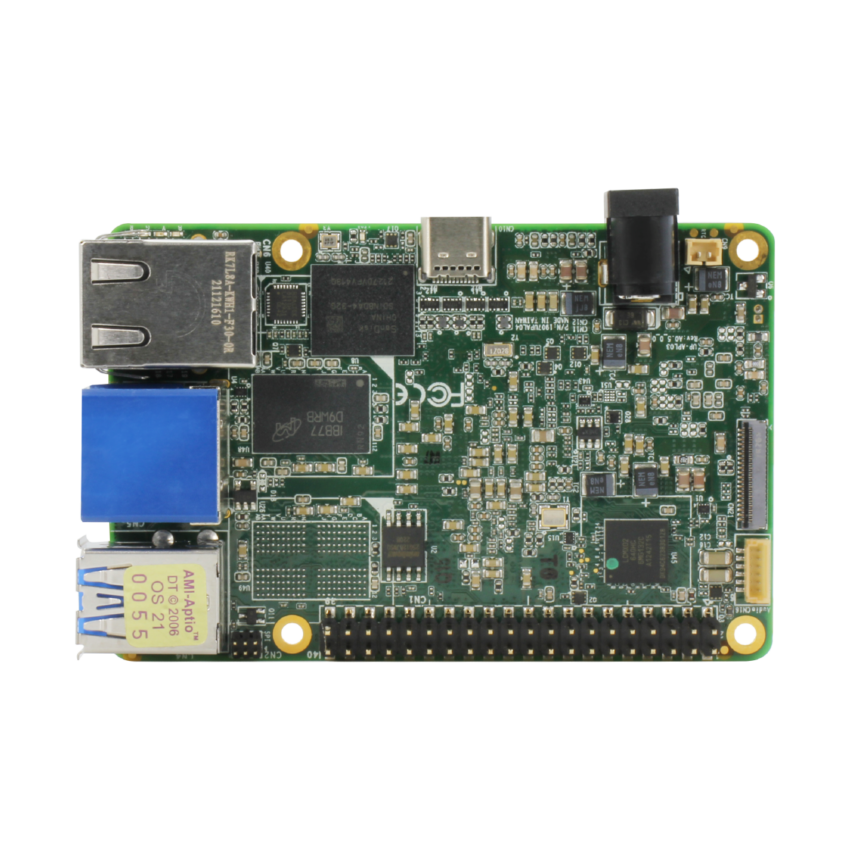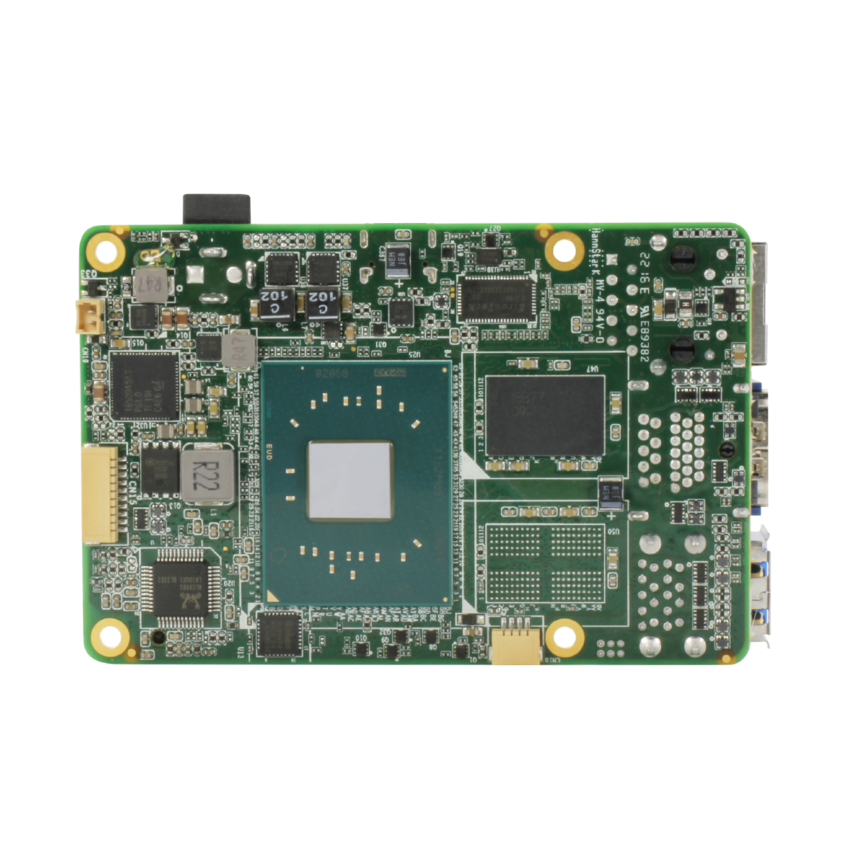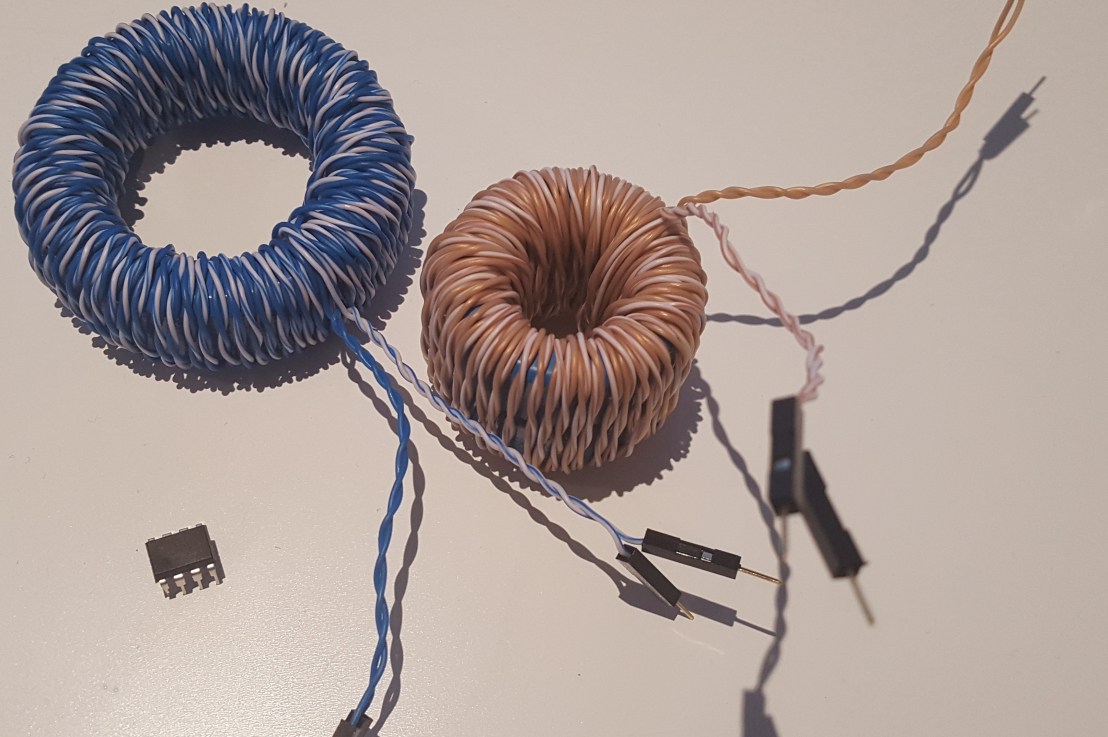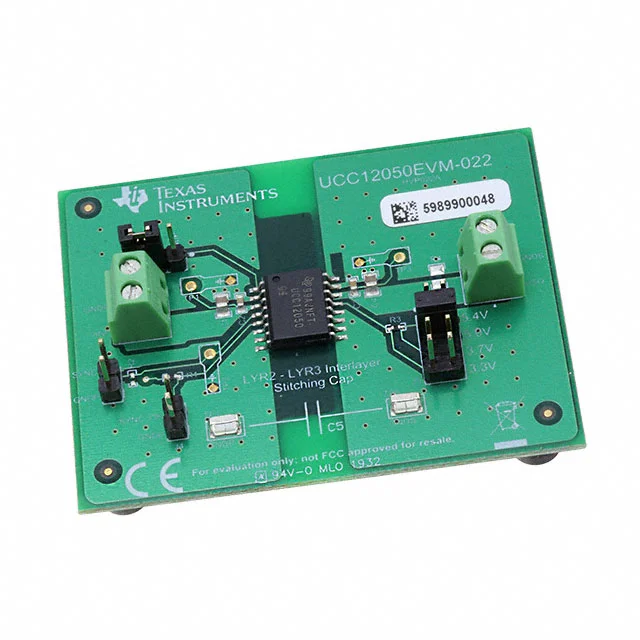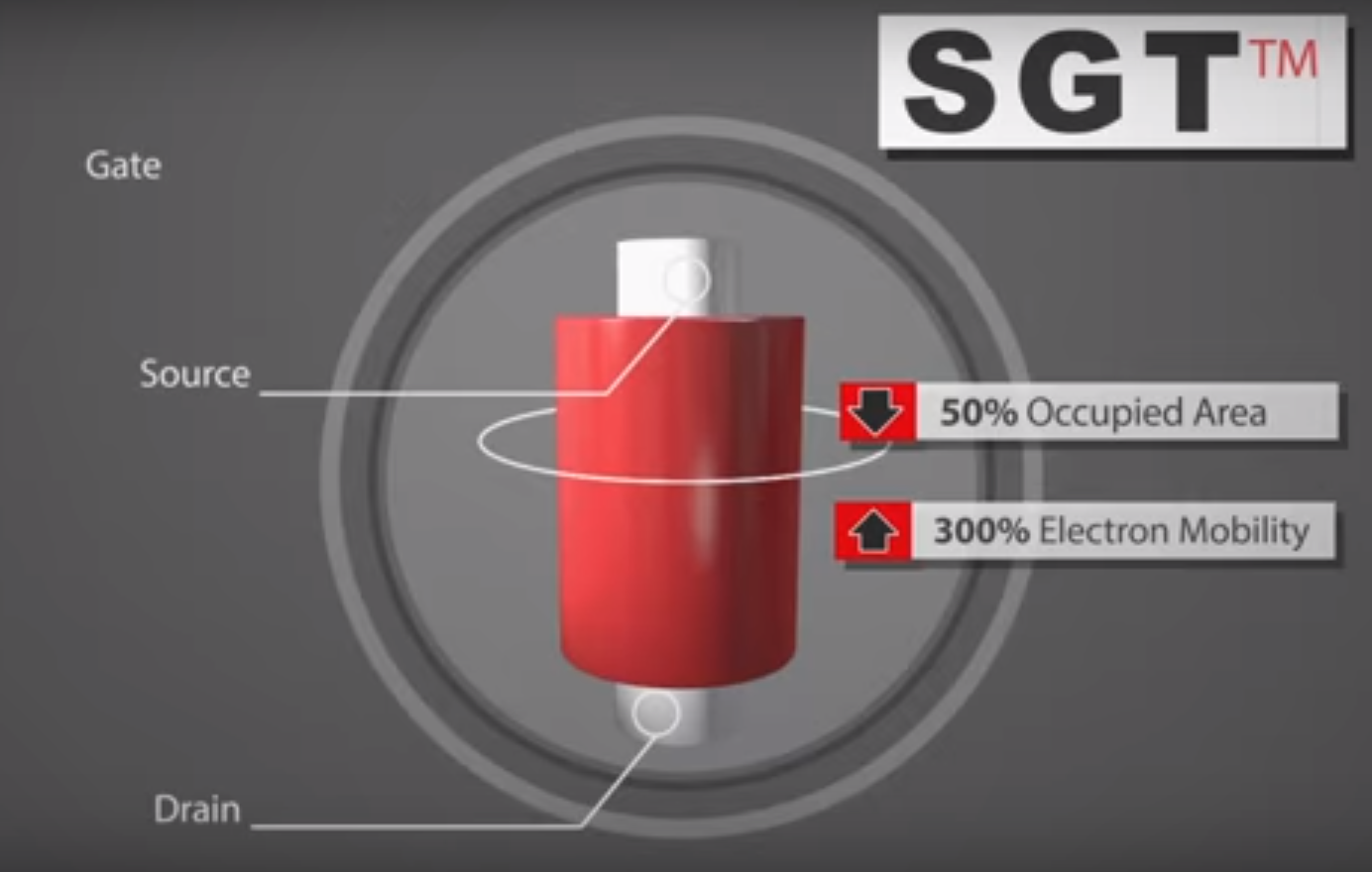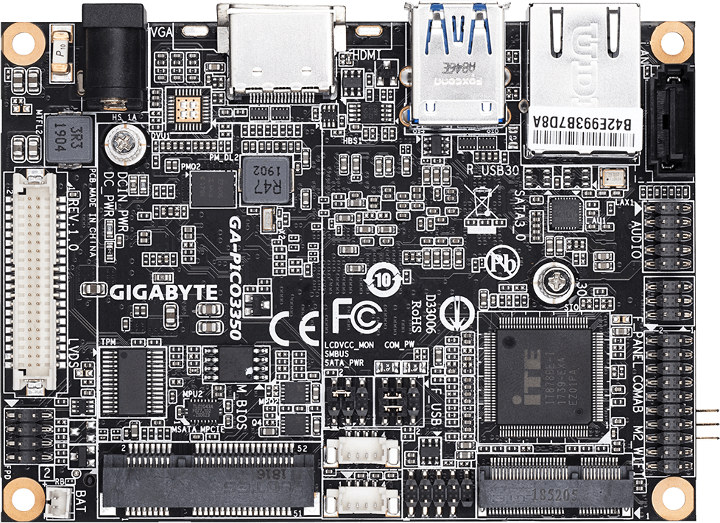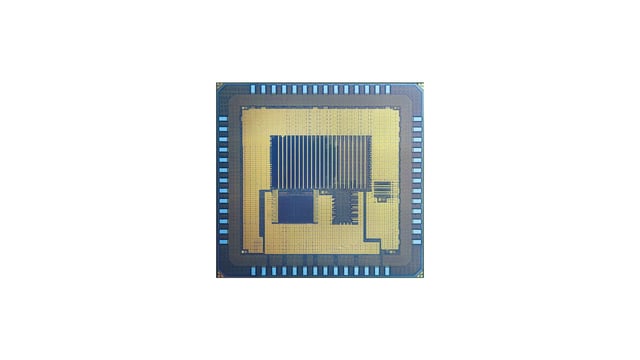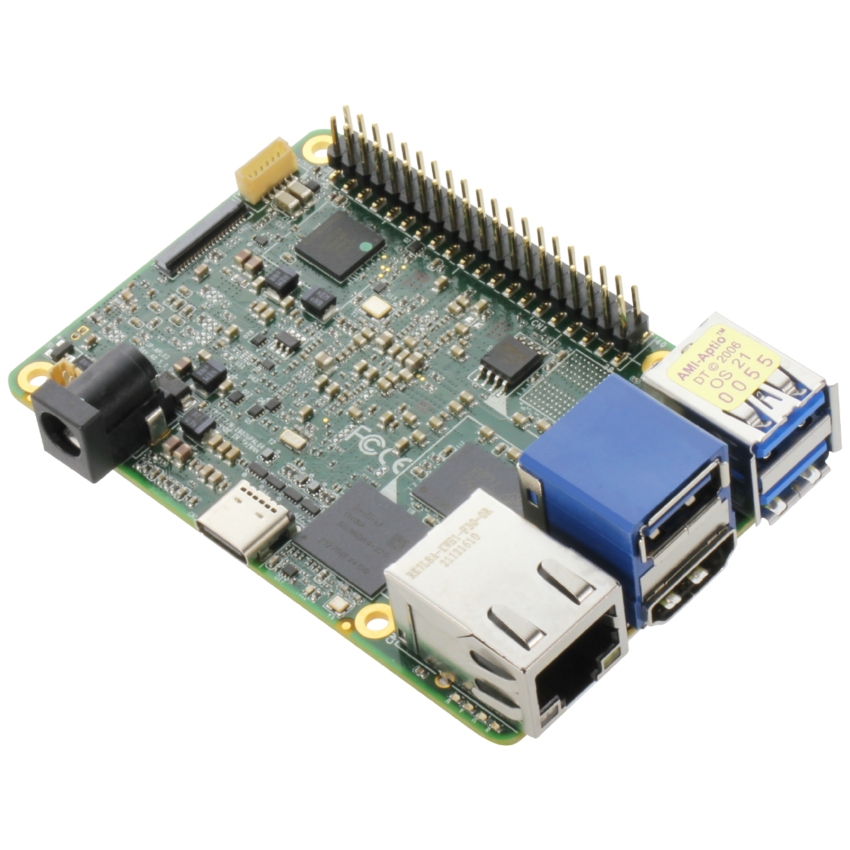
The UP 4000 retains the integrity of the original UP Board but with substantial improvements for modern industrial computing solutions.
AAEON blends the classic with the modern with the introduction of the UP 4000, the successor to the trailblazing UP Board. Maintaining the classic form factor of its predecessor, the UP 4000 gives users upgrades in processing power, I/O density, and expansion options; all while remaining compatible with existing UP Board-powered systems.
Of particular note is the 30% increase in CPU speeds available with the UP 4000’s Intel® Pentium® N4200/ Celeron® N3350/ Atom™ E3950 Processor SoC (formerly Apollo Lake). Further to this, there is also a twofold improvement in 3D graphics performance with the Intel Gen 9 HD processor graphics package. These upgrades give users up to 1.7 times the single thread performance compared to the previous generation, along with 1.5 times the graphics burst performance.
While the UP 4000 represents a great advancement in maker board technology, the board will follow the original UP Board’s ethos of bridging the gap by providing fantastic value for money. Despite its low price, the UP 4000 boasts a number of new features, such as a 6-pin wafer to support audio function, TPM 2.0 for enhanced security, and a HDMI 1.4 port. With the introduction of mic-in and line-out utility being supported directly via the board, a DP1.2-supporting USB Type-C connector also enables dual visual displays up to 4K at 60Hz.
Further balancing the legacy of the first-generation UP Board with the more sophisticated needs of its customers, AAEON has equipped the UP 4000 with a denser I/O containing a wealth of expansion options, all on the same 3.37” x 2.22” (85.6mm x 56.5mm) form factor.
The compact board features three USB 3.2 Gen 1 ports, two USB 2.0 via 10-pin wafer, and a USB Type-C slot, with an optional carrier board, giving customers the option of supporting Wi-Fi, 5G, or AI modules via two M.2 Key ports.
AAEON sees the UP 4000 as the foundation for superior solutions typically associated with the first-generation UP Board, such as digital signage, IOT devices, and industrial automation. With its compact design and competitive pricing, the UP 4000 represents the successor to the UP Board, while maintaining the core of what made the original iconic.
For more information on the new UP 4000, visit its product page, or directly to the UP Shop for ordering information.





